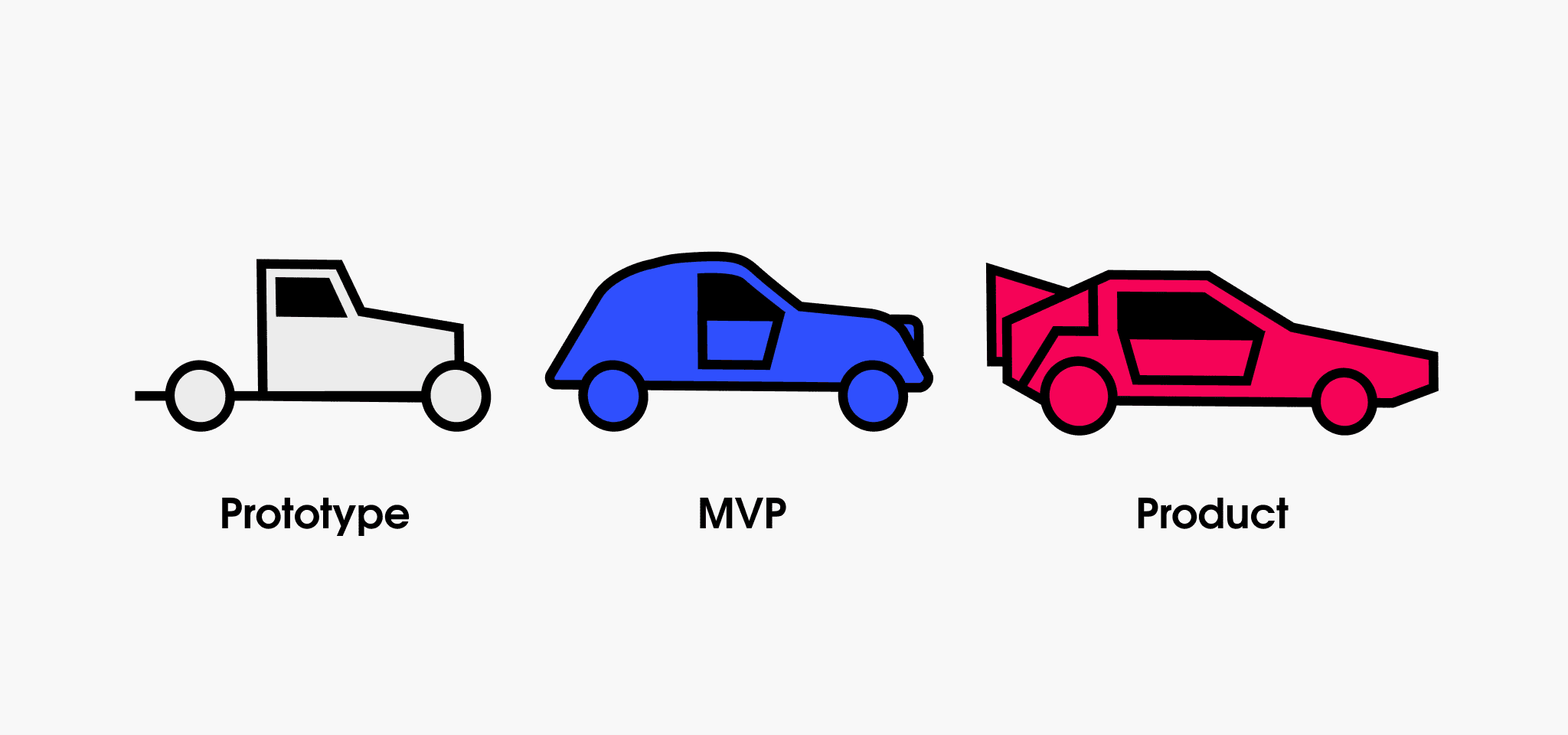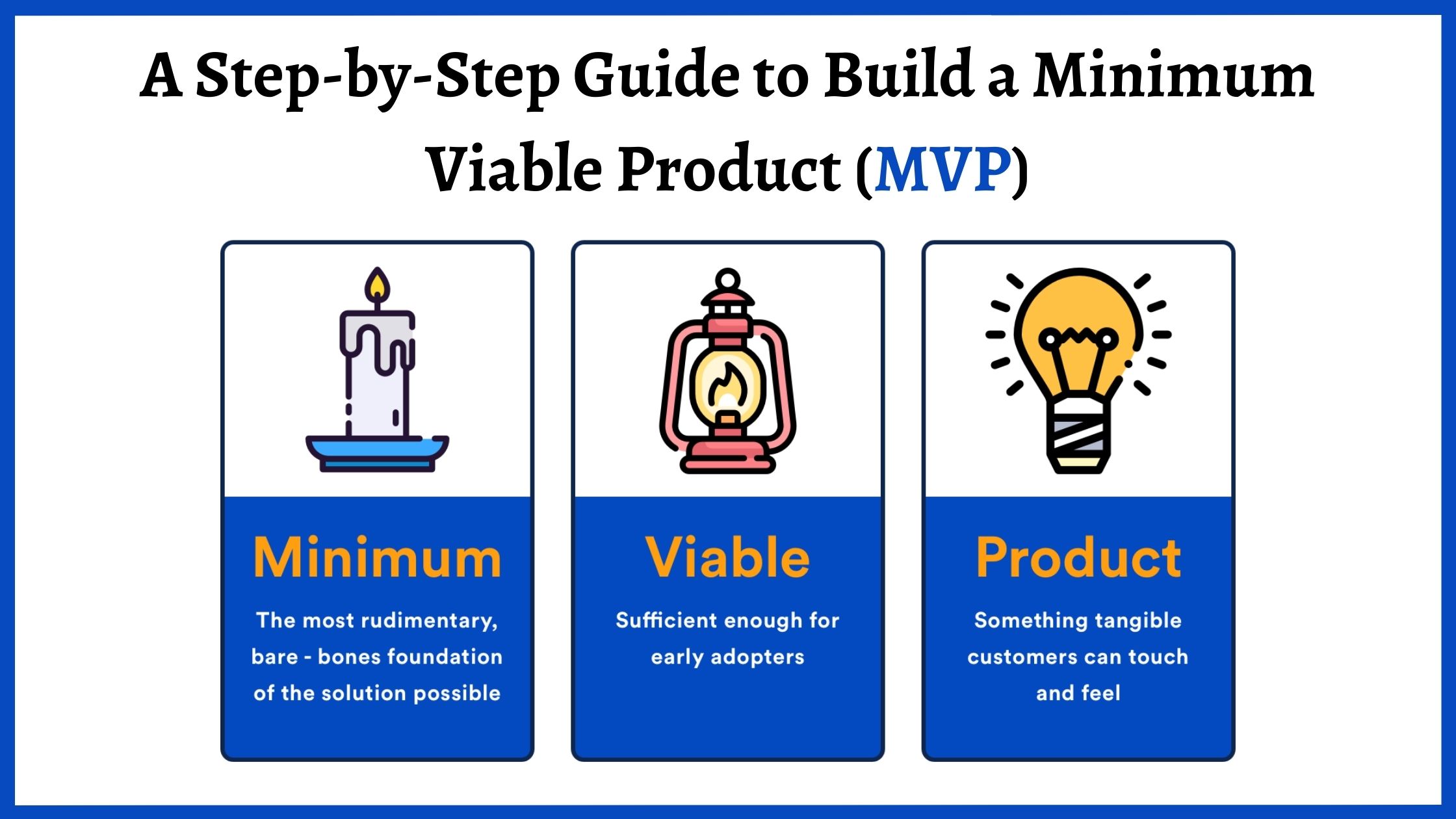MVP Testing: Getting Real User Feedback That Actually Matters
Learn practical approaches to MVP testing that deliver actionable insights through user feedback, behavior analysis, and data-driven iteration.

According to Nielsen Norman Group, testing with just 5 users uncovers 85% of usability problems. Let's dive into why this works and how to leverage it.
Understanding User Behavior Patterns
Testing isn't just about finding bugs - it's about understanding human behavior:
const userBehaviorMetrics = {
engagementFactors: ['time on task', 'completion rate', 'error frequency'],
emotionalResponse: ['satisfaction score', 'frustration points', 'delight moments'],
cognitiveLoad: ['learning curve', 'memory requirements', 'decision points']
};
Testing Methodology Selection
Different testing methods reveal different insights.
Quantitative vs Qualitative Testing
Consider these approaches:
| Method Type | Benefits | Limitations | Best For |
|---|---|---|---|
| A/B Testing | Clear metrics | Limited scope | Feature optimization |
| User Interviews | Deep insights | Time intensive | Problem discovery |
| Analytics | Large scale data | Limited context | Pattern identification |
Remote Testing Techniques
Remote testing opens new possibilities for feedback.
Virtual Testing Tools
Key components of remote testing:
- Screen sharing platforms
- Recording software
- Eye tracking tools
- Heat mapping systems
Behavioral Analytics Implementation
Numbers tell stories - if you know how to read them.
Data Collection Framework
Track these metrics:
- User flows
- Drop-off points
- Feature adoption
- Error patterns
User Feedback Integration
Turn feedback into actionable improvements.
Feedback Processing System
Steps in the feedback loop:
- Collection methods
- Analysis protocols
- Priority assignment
- Implementation tracking
Usability Testing Scripts
Well-designed test scripts yield better results.
Script Development Process
Key elements to include:
- Task scenarios
- Time estimates
- Success criteria
- Follow-up questions
Test Participant Selection
The right participants make all the difference.
Selection Criteria Framework
Consider these factors:
- Demographics match
- Technical proficiency
- Domain knowledge
- Usage patterns
Testing Environment Setup
Create conditions for authentic feedback.
Environment Optimization
Essential elements:
- Neutral setting
- Recording equipment
- Task materials
- Backup systems
Results Analysis Methods
Turn raw data into insights.
Analysis Framework
Process your data through:
- Statistical analysis
- Pattern recognition
- Anomaly detection
- Trend identification
Iterative Testing Cycles
Testing isn't a one-time event.
Testing Schedule Planning
Implement these cycles:
- Daily smoke tests
- Weekly user sessions
- Monthly deep dives
- Quarterly reviews
A/B Testing Strategy
Test variations scientifically.
Test Design Framework
Focus on:
- Hypothesis formation
- Sample size calculation
- Variable isolation
- Statistical significance
Accessibility Testing
Make your MVP usable for everyone.
Accessibility Checklist
Test these aspects:
- Screen reader compatibility
- Keyboard navigation
- Color contrast
- Font sizing
Performance Testing
Speed and reliability matter.
Performance Metrics
Monitor these indicators:
- Load times
- Response rates
- Error frequency
- Resource usage
Mobile Testing Protocols
Mobile requires special attention.
Mobile-Specific Tests
Check these elements:
- Touch interactions
- Screen orientations
- Network conditions
- Battery impact
Frequently Asked Questions
Q: How many users do I need for reliable testing? A: Start with 5 users per distinct user group for qualitative testing.
Q: When should I start user testing? A: Begin testing with paper prototypes before writing code.
Q: What's the ideal length for a test session? A: Keep sessions under 60 minutes to maintain participant focus.
Q: Should I pay test participants? A: Yes, compensate based on time investment and expertise required.
Q: How do I prevent biased feedback? A: Use neutral questions and avoid leading participants.
Q: What's the most important metric to track? A: Task completion rate provides the clearest indication of usability.
Conclusion
Effective MVP testing combines quantitative data with qualitative insights. Focus on gathering actionable feedback that drives meaningful improvements.
Recommended Services
- MVPAgency - MVP testing and iteration
- UserTesting - User research platform
- Hotjar - User behavior analytics

